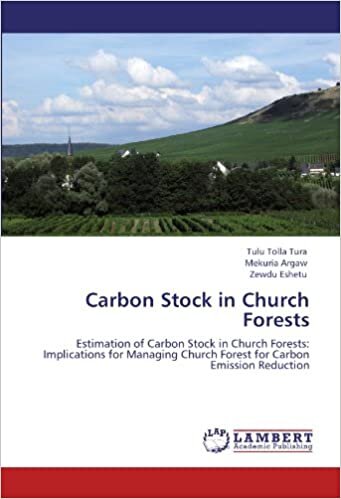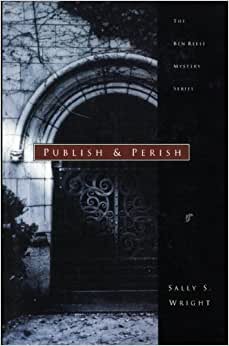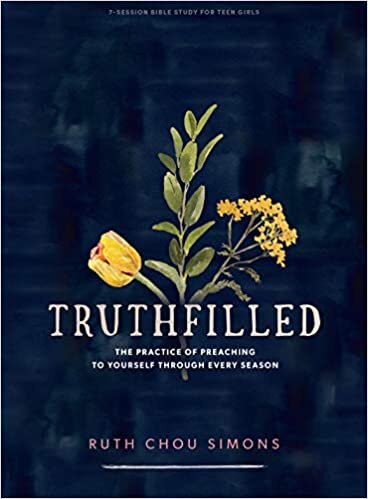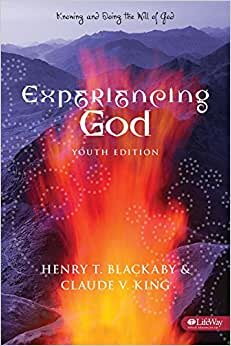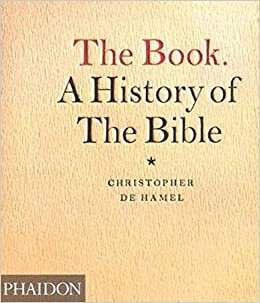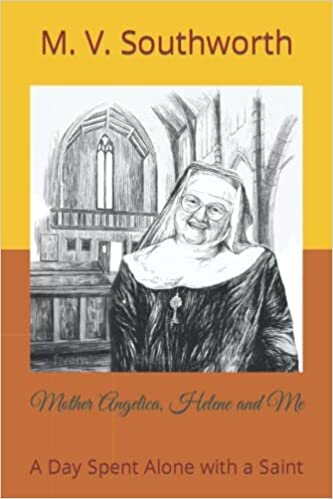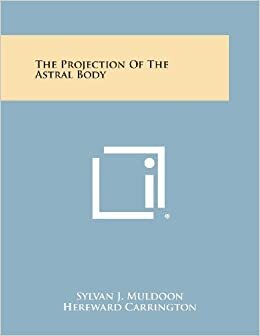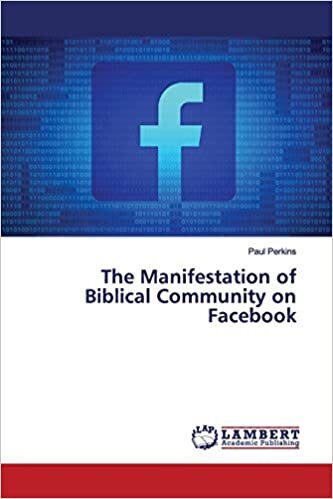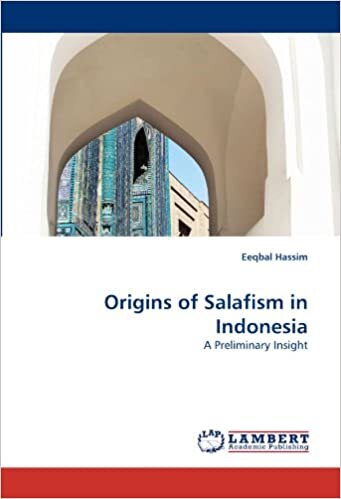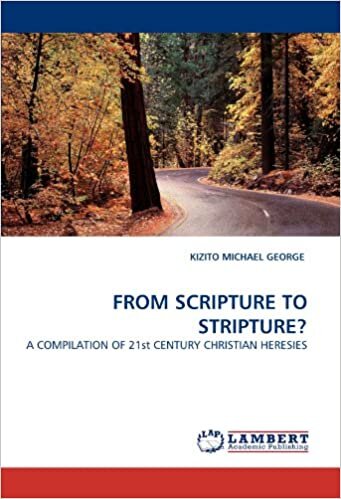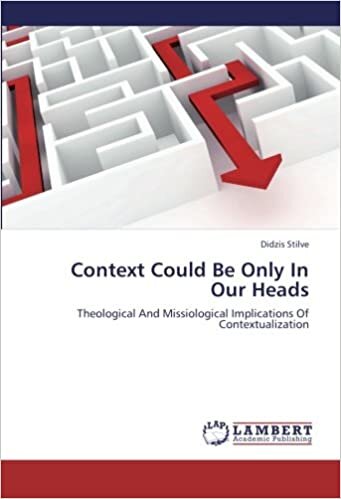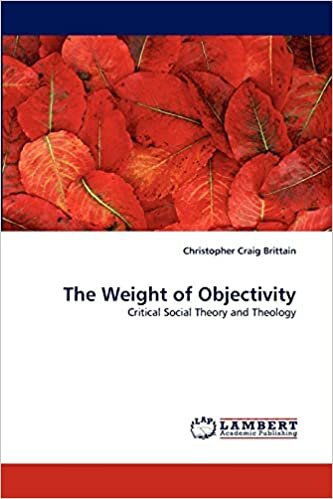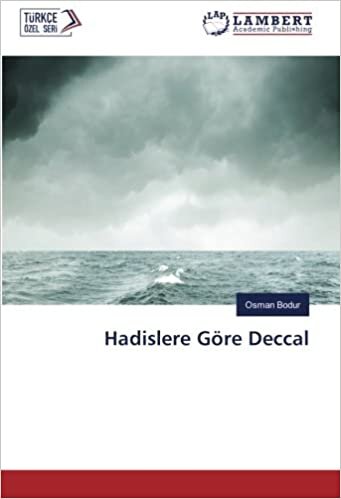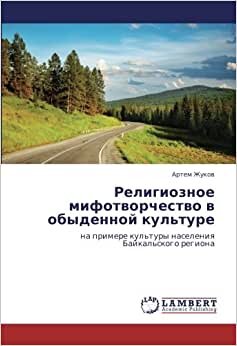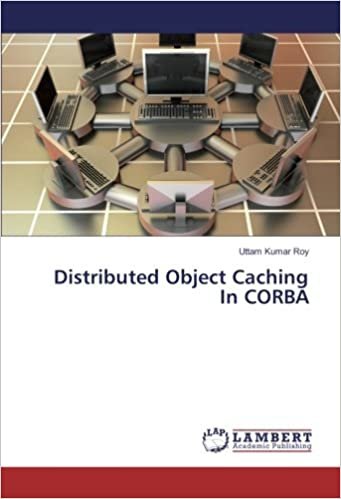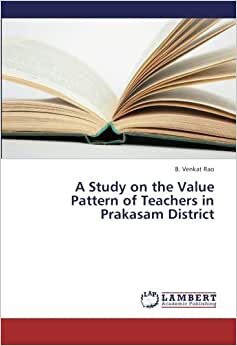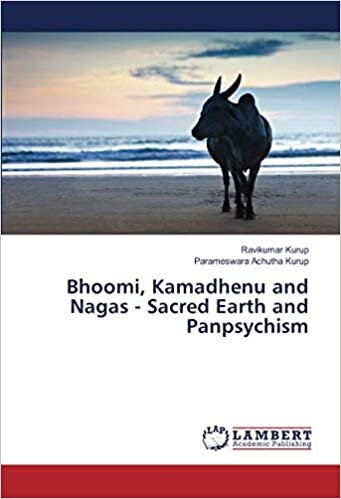Carbon Stock in Church Forests: Estimation of Carbon Stock in Church Forests: Implications for Managing Church Forest for Carbon Emission Reduction indir kitap bedava
itibaren Tulu Tolla Tura
Carbon Stock in Church Forests: Estimation of Carbon Stock in Church Forests: Implications for Managing Church Forest for Carbon Emission Reduction
Forests can act as sink through the process of trees growth and resultant biological carbon sequestration. Thus, increasing the amount of trees can potentially slow the accumulation of atmospheric carbon (Brown, 2002; Fearnside and Laurance, 2003 and 2004; Houghton, 2005). According to IPCC (2001), it stores about 80% of all above-ground and 40% of all below-ground terrestrial organic carbon. The Above-ground biomass carbon pool consists of all living vegetation above the soil, inclusive of stems, stumps, branches, bark, seeds and foliage, the below-ground carbon pool consists of the biomass contained within live roots, the dead organic matter carbon pool includes all non-living biomass with a size greater than the dead organic matte limit for soil organic matter, commonly 2 mm, and smaller than that of wood, 10cm diameter (IPCC, 2006), Soil carbon includes carbon in both mineral and organic matter is a major reserve of terrestrial carbon. Church forests, including other sacred places, are relatively more protected than forests in any other places
Carbon Stock in Church Forests: Estimation of Carbon Stock in Church Forests: Implications for Managing Church Forest for Carbon Emission Reduction:21 Kasım 2011
Popüler yazarlar
Kolektif (1464) Various (372) Arkose Press (305) Routledge; 1 basım (293) Routledge (238) Cambridge University Press (184) Intl Business Pubn (184) Lem N Lov Publishing (173) Bible (145) Anonymous (132) DK (123) etc. (107) Oxford University Press (103) Casey Cockerum (97) William Shakespeare (86) Arif Pamuk (85) Pearson Education Limited (85) Academic Press (84) Springer (84) Simple Planners 2020 (82)En İyi Yayıncılar
Independently Published CreateSpace Independent Publishing Platform CAMBRIDGE UNIVERSITY PRESS Kessinger Publishing Routledge; 1 basım Literary Licensing, LLC Routledge Gale and The British Library Oxford University Press Arkose Press OUP Oxford Franklin Classics Trade Press lulu.com MACMILLAN EDUCATION Unknown iUniverse AuthorHouse Kessinger Publishing Co Pearson Education Limited Xlibris